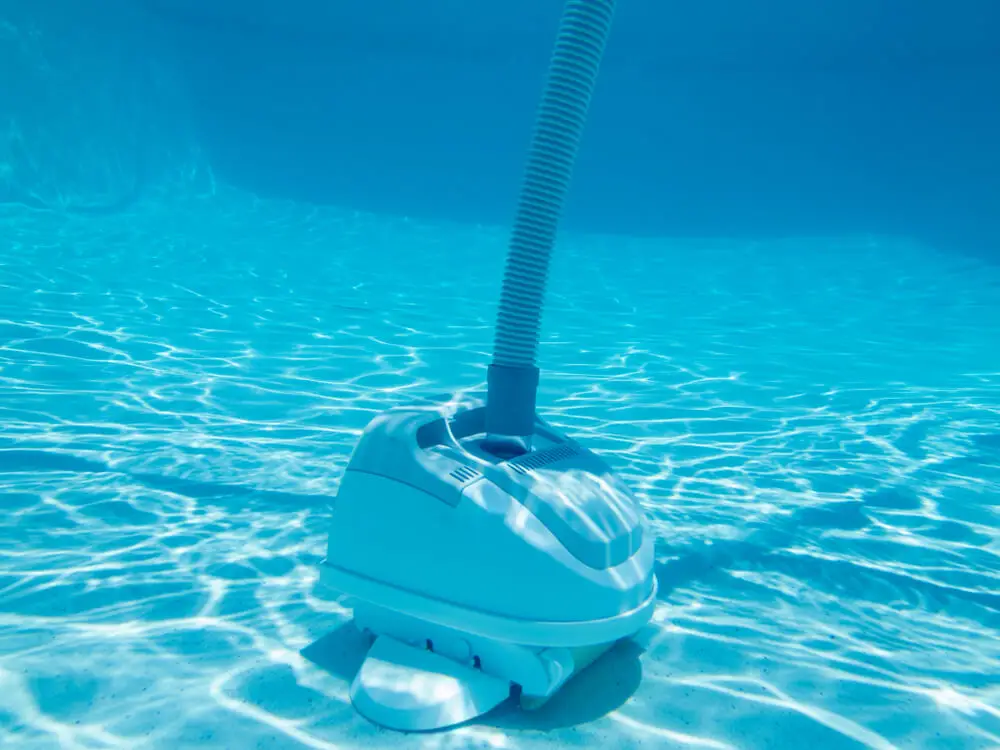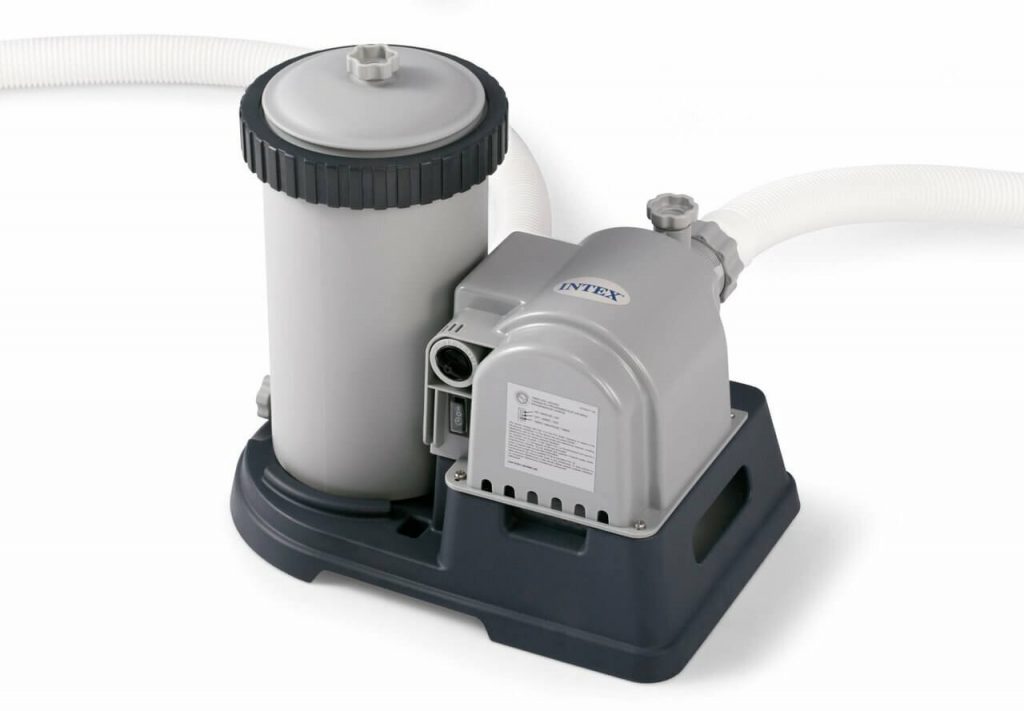A pool cleaner can do hefty cleaning work as it can remove bugs, stone, or various other particles from your pool. But, first, you have to connect it using a hose directly to the filter system, also called the skimmer.
You have to do it the right way, or your cleaning system won't work. Therefore, we will explain how to hook up a pool vacuum to an Intex pool pump in this guide. So, carry on reading.
Things You'll Need to Perform This Task
Before you proceed, you have to hook the filter pump to the Intex pool pump. And this should allow an hourly rate that should range between 1600 gallons and 3500 gallons.
Your cleaning performance depends on the overall flow rate of the pump. So, a cleaner pool is always going to be a guarantee with a higher flow rate.
If there is a sand filter in your pool, you can prevent debris and sand from entering your pool. Backwashing is suitable for cleaning a sand filter. Therefore, you should run your filter pump for approximately 12 to 15 minutes by connecting it with your cleaner. The entire process here is known as priming, and it gets rid of air from the system.
You can also use a pool pump timer that will schedule to clean your pool. It will suck the water out to circulate it through the filter. It will work well for removing debris, algae, and bacteria. For this, you will need:
- Hose adapter
- Hose clamp
- Four different hoses (8 pcs)
- Cleaner top and base
- Ger module
- Collar net
- Some brushes (12 pcs)
- Debris net
- And some brushes support (8 pcs)

Vacuuming an Intex pool right above the ground pool is not going to be that difficult. But you still need to understand how to hook them up. So again, an automatic cleaner is the best choice for more ease in this process.
It would help if you also made sure that the pump is not connected to the outlet to prevent electrocution. Now, let's get to the step-by-step guide.
Step 1 - Gathering all the materials and tools
Gather all your materials and tools if you haven't done that already. Now begin with the garden hose. It is nice and long to link that hose spigot with your pool's slack which is the farthest part.
Step 2 - Attach the telescoping shaft
Your Intex pool pump should come with a couple of pieces for those telescoping shafts. You can insert one end with the other and then attach them both with the help of that blue-colored locking system.
Step 3 - Align the vacuum
The next step is to align the pool vacuum with the head where you can see that spring. After you have aligned it with the head, it's time to squeeze those plastic tips along with the spring before that shaft goes through the head.
Step 4 - Tie the debris bag
Next up is tieing that debris bag with that vacuum head. You can squeeze the plastic tips and spring right before the shaft goes directly into the head. Then, as the shaft goes, you can attach the debris bag to the head. First, you have to make sure the vacuum head is appropriately tied.
Step 5 - Connect the garden hose and shaft
It's time to attach that garden hose with the adapter nozzle on the opposite side of your vacuum head. First, make sure that you have secured this connection. You can do that by clipping that hose to the telescoping shaft. After that, wind the garden hose directly on the adapter nozzle. You will see the flat washer right along the adapter, and you need to put it into that hose coupling.
Step 6 - Getting the water to flow
After setting everything up, it's time to get everything flowing. But keep in mind the water pressure and control the output with adjustment in the water pressure. This pressure needs to remain within 1600 gallons and 3500 gallons per hour. Here, the vacuum will start sucking those bugs and debris from your pool.
Step 7 - Cleaning the debris
Some Troubleshooting Tips
Here are some tips that you need to follow to troubleshoot any problems as soon as they arise.
- If you notice your vacuum is stirring up the sediments and debris, then there must be some issue with the cartridge of your filter. They get stuck inside your filter; hence you need to replace or clean your filter.
- All connections must be secure when you are hooking your garden hose up. It will make sure that any spills don't occur to prevent any risk of electrocution.
- Make sure the pool floor is not wrinkled, or your vacuum will remain stuck there. Also, make sure to keep the pool floor flat so the cleaner can move on it comfortably.
- Keep your debris net clean regularly if you use that instead of your filter.
- Keep your filter pump turned off during the cleaning process and unplug the power cord when you do such troubling shooting.
What are Intex Pool Pumps and Pool Vacuum?

A pool vacuum operates very much like a conventional vacuum cleaner you use in the home. However, the pool vacuum has internal filters. These filters bring the debris and keep it there as the cleaner cycles the water back into the pool after cleaning it. In contrast, an Intex pump cycles the pool water through the filter.
However, there is a significant difference here between the two.
The Intex pump is static or stationary, while pool vacuums are mobile. Therefore, you can direct them towards the dirt to perform the cleaning job.
Wrap-Up
Hooking up a pool vacuum with the Intex pump is not a difficult task. But you have to make sure that there are no loose fittings. While troubleshooting, make sure the pump is not plugged in or there is a risk of electrocution.

